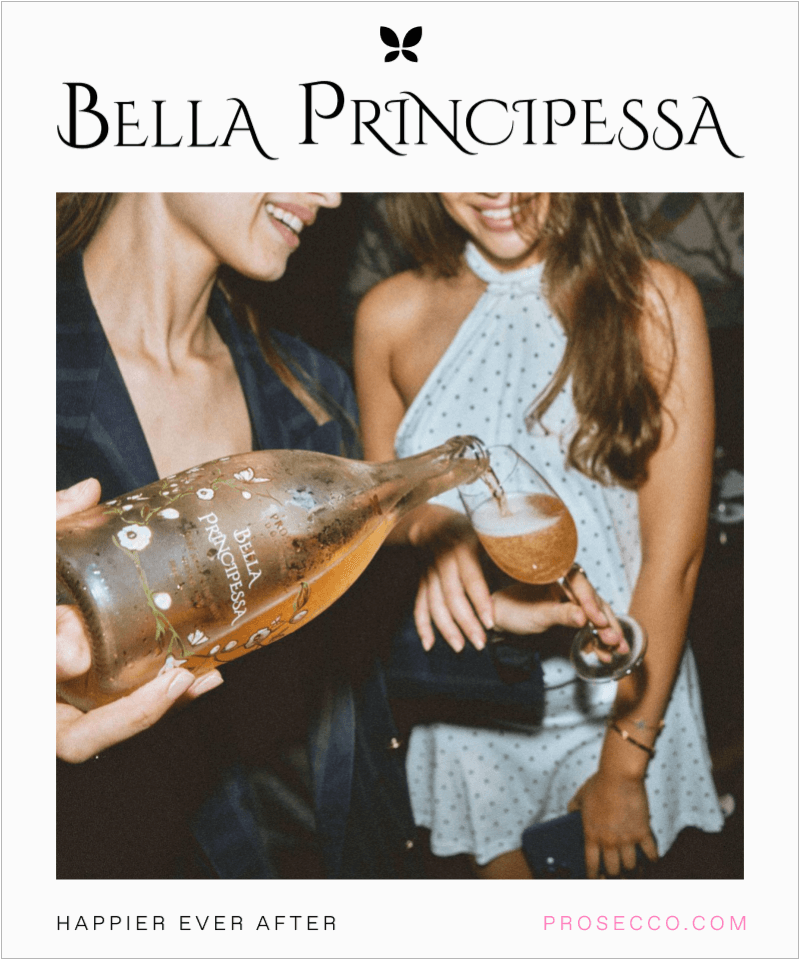Prosecco and Champagne, while celebrated sparkling wines are distinctly different in their origin, grape variety, production method, flavor profile, and price point. These differences highlight their unique characteristics and heritage, making them both exceptional in their own right.
Origin and Grape Varieties
The primary distinction between Prosecco and Champagne lies in their geographic origins and the grapes used in their production.
Champagne is exclusively produced in the Champagne region of France, primarily using Chardonnay, Pinot Noir, and Pinot Meunier grapes. This region’s northerly climate contributes to a higher acidity in the grapes, influencing the final taste of Champagne.
On the other hand, Prosecco hails from the Veneto and Friuli regions of northern Italy, with the Glera grape being its main component.
The microclimate in the Valdobbiadene region, where Prosecco is predominantly made, is cooler and rainier than the surrounding areas, aiding in producing crisp and delicious sparkling wines.
Production Methods
The methods of production for these wines significantly differ. Champagne is crafted using the traditional method, where the secondary fermentation occurs in the bottle. This process is more time-intensive and costly, contributing to Champagne’s higher price.
Prosecco, in contrast, is produced using the Charmat–Martinotti or Tank Method, where the secondary fermentation occurs in large stainless steel tanks. This method is less expensive and allows quicker production, making Prosecco more affordable.
Flavor Profile and Bubbles
Flavor and effervescence are other key differentiators. Prosecco is known for its light, playful character with gentle flavors and larger, frothier bubbles that don’t last as long. It exhibits bright fruit and flower flavors, with notes of green apple, honeydew melon, pear, and honeysuckle.
Champagne, conversely, is more robust with bolder flavors and finer, persistent bubbles. It often features almond-like flavors with subtle orange zest and white cherrynotes.
Price Points
There is also a noticeable price difference. You can expect to pay around $40 for a good entry-level Champagne, while a comparable quality Prosecco can be found for under $30. This price difference is mainly due to the production methods and the prestige associated with Champagne.
Conclusion
In summary, while Prosecco and Champagne offer the allure and festivity of sparkling wine, they are distinctly different. Their unique production methods, grape varieties, and origins contribute to their individual flavor profiles and price points.
Top Brands like Bella Principessa Prosecco and Signorina Prosecco exemplify the delightful characteristics of Prosecco with their vibrant and lively flavors, making them a superb choice for those seeking a high-quality yet affordable sparkling wine experience.











